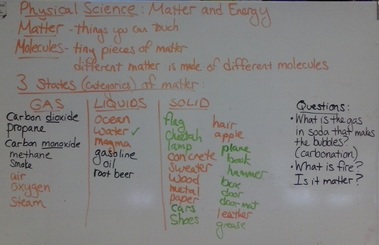
In science, we are learning about the states of matter. Many different molecules, like water, metal, and rock, can be turned into a solid when they are cold enough, and liquid when they are hot enough. In fact, keep heating up liquids like water and they'll turn into a gas! Even metal, when heated up enough (like on the sun) turns into gas!
Here are more things you should know about matter and different states:
Gas: These molecules don't need to stay close together. They can spread out and even float. Gas molecules move fast.
Liquid: These molecules mold to the container they're in, except if they spill, they spread out on the ground. They don't move as fast as gas.
Solid: These molecules are usually hard to break apart. They are stuck close together and don't move much.

Half of your animals have been captured and put into the zoo. Their twins are still located around the classroom though.

Here's a real life example of camouflage. At recess there was a hawk in one of the trees. Can you find it?
Animals that blend in with their environment are adapted for hiding from predators who want to eat them and/or prey that they want to catch and eat. We call this type of adaptation camouflage, and it helps these animals survive.
I went looking for some of the camouflaged animals that you created for different classroom habitats, but it seems they have vanished! Oh no!

You learned that insects and arachnids are 2 types of invertebrates that have exoskeletons. However, even they have their differences.
An easy way to tell them apart is to look at the number of body parts the little animals have, and the number of legs it has. To practice this, you played a team game, joining together with your classmates to form a body with the right number of parts and legs. Then you illustrated these differences with captioned pictures.
Great job to everyone who captioned their pictures! If yours is not hanging up, please finish it as soon as possible. Once I check it, you can hang it on our bulletin board.
We have talked about invertebrates that have no bones or skeleton. We've also talked about invertebrates that have their skeleton on the outside! This is called an exoskeleton. An exoskeleton protects the animal from predators.
To protect our clay animals and simulate an exoskeleton, we wrapped them in tin foil! Can you identify any of the animals below?
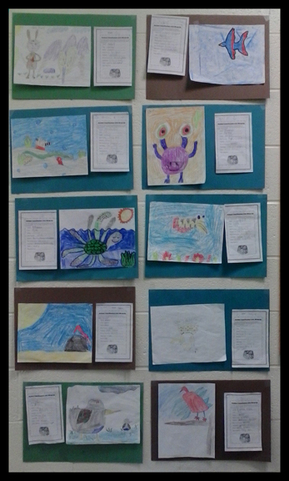
After learning about the characteristics of the 5 types of vertebrates: mammals, birds, fish, reptiles and amphibians, you got to create your own!
You had to really think about the best habitat for your animal and what adaptations would help it survive.
Lots of creative thinking here, kids!

Now that we've finished our unit on vertebrates, we've started learning about the rest of the animal kingdom: animals without backbones, also known as invertebrates.
When we classify invertebrates, we use a lot of the same vocabulary as we did when we studied their "spine"-y counterparts. We will learn about these different animals':
*Habitats
*Adaptations
*Appendages
*Body Covering
*Blood (as in, warm blooded or cold blooded)
If you were an animal, but you had no backbone, how do you think you would move?
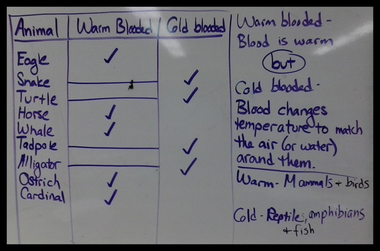
Warm blooded animals react differently to changes in temperature than cold blooded animals.
Cold blooded animals slow down because their blood gets just as cold as the air around them. They aren't able to generate as much energy to keep themselves warm.
Warm blooded animals keep their bodies just as warm as always, even when it gets cold outside. It requires a lot of energy to stay warm.
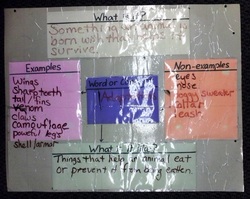
Today we learned about animals that have different adaptations to help them survive. An adaptation is something an animal is born with that helps it survive.
What is your favorite animal, and how does it avoid getting eaten out in the wild?




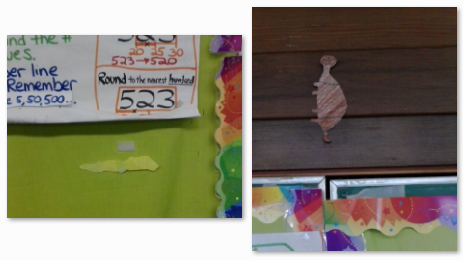
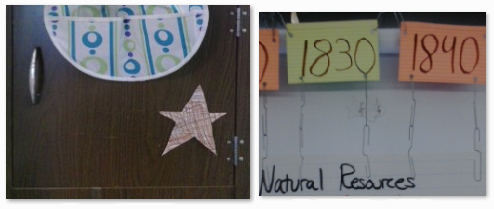

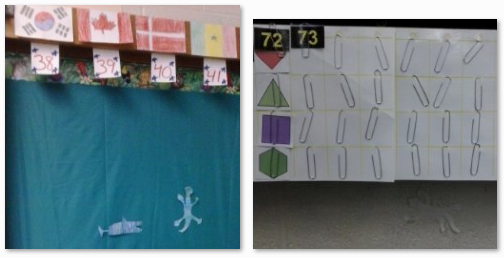
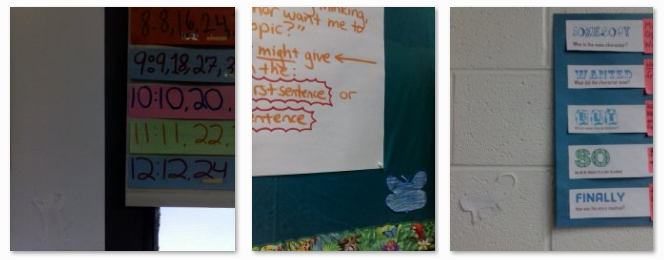
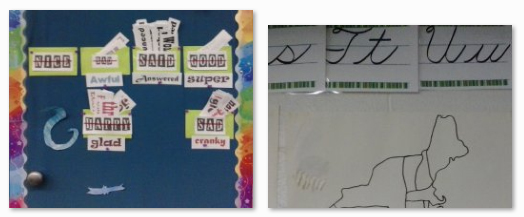

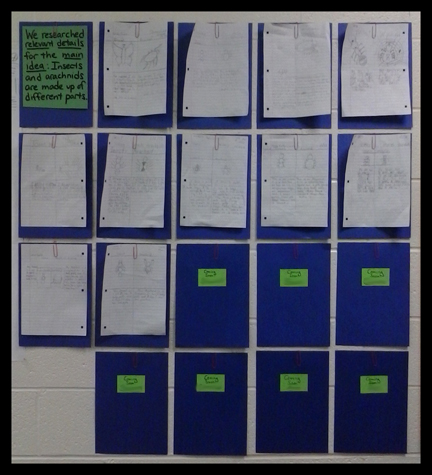

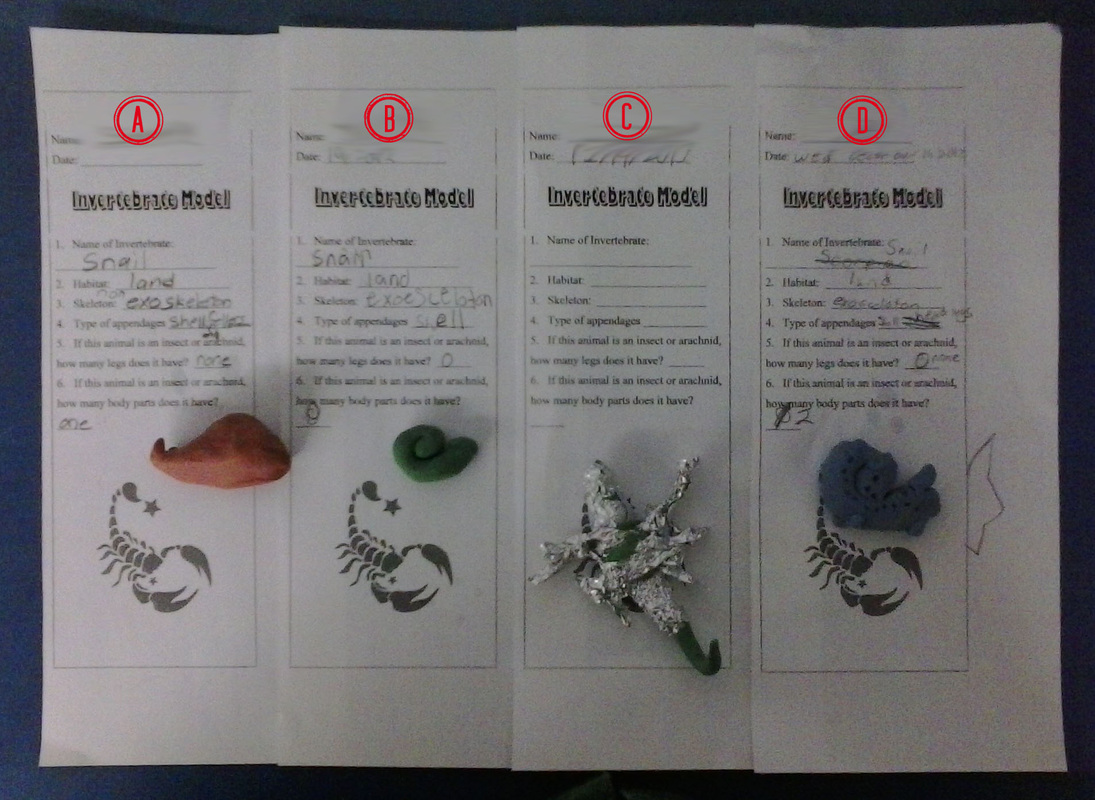
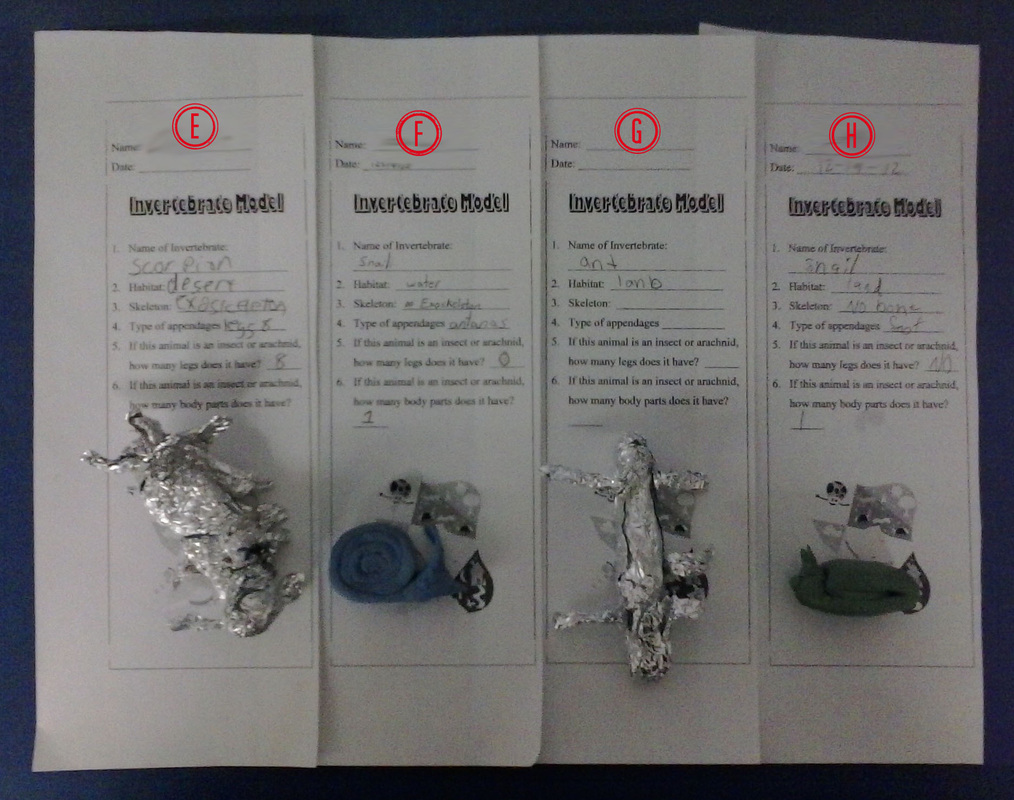
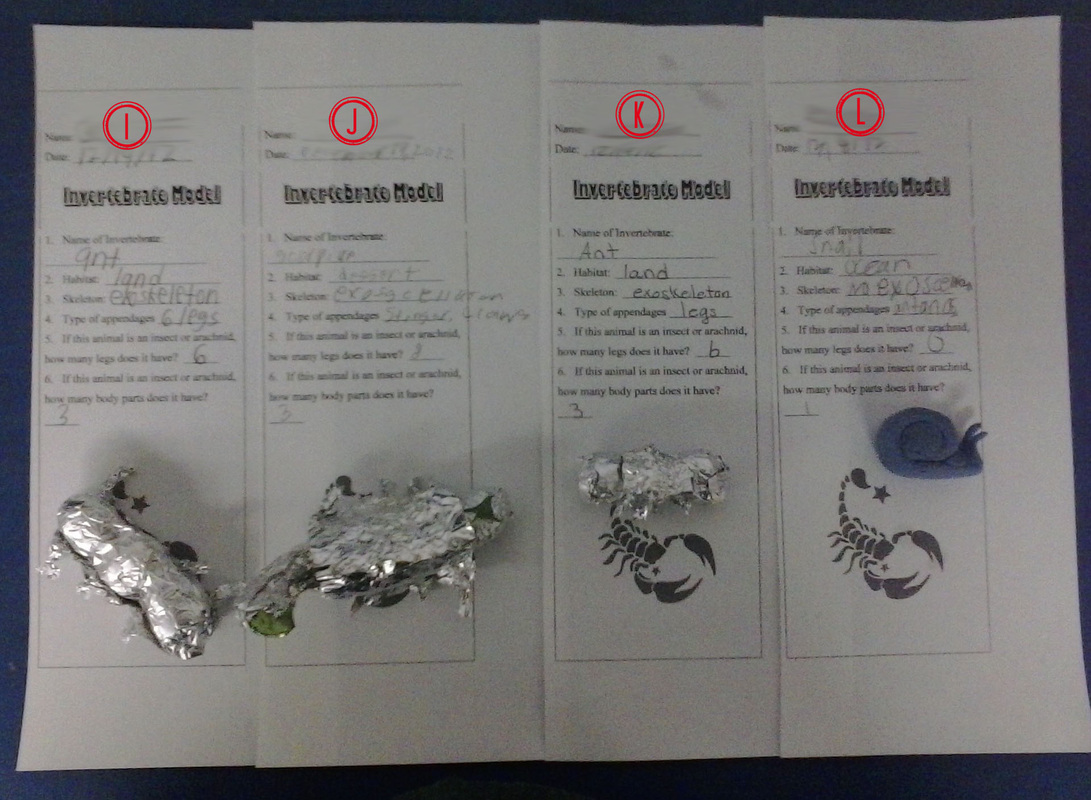
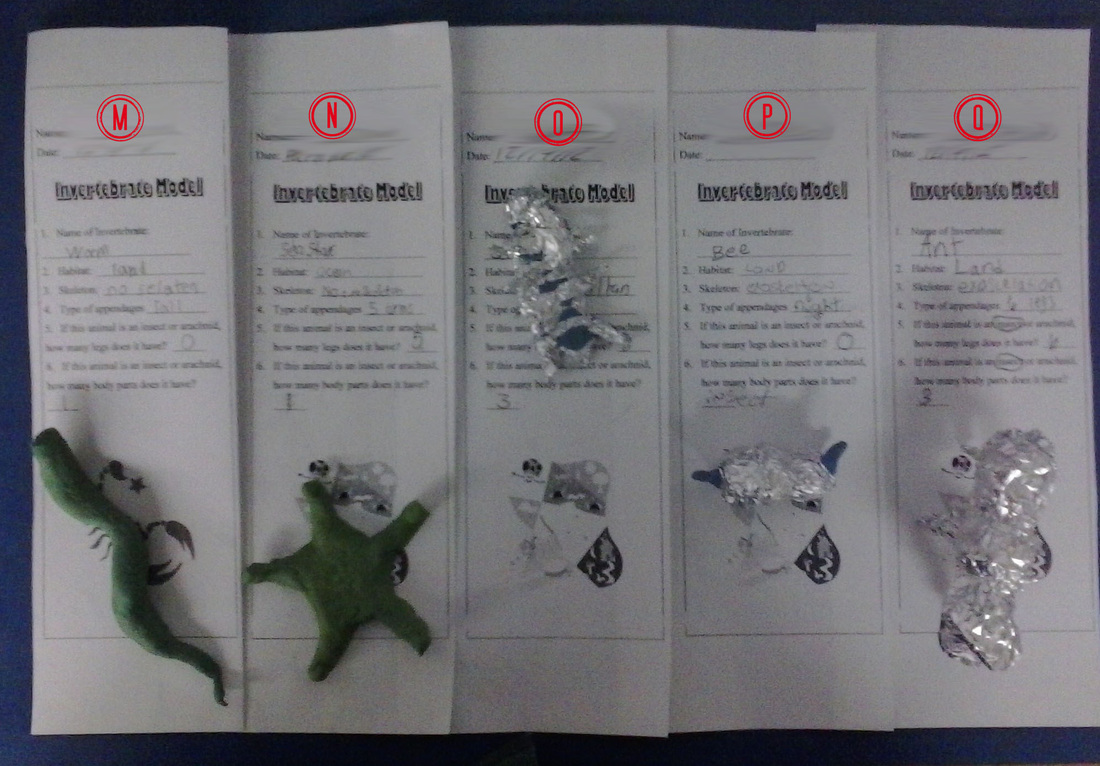



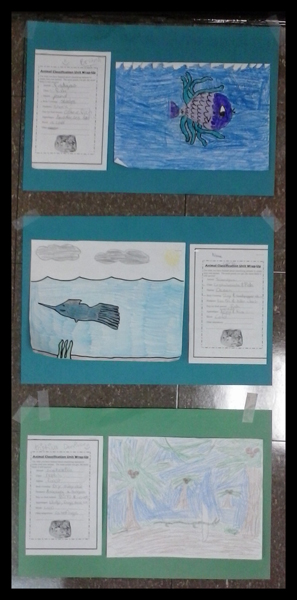




 RSS Feed
RSS Feed